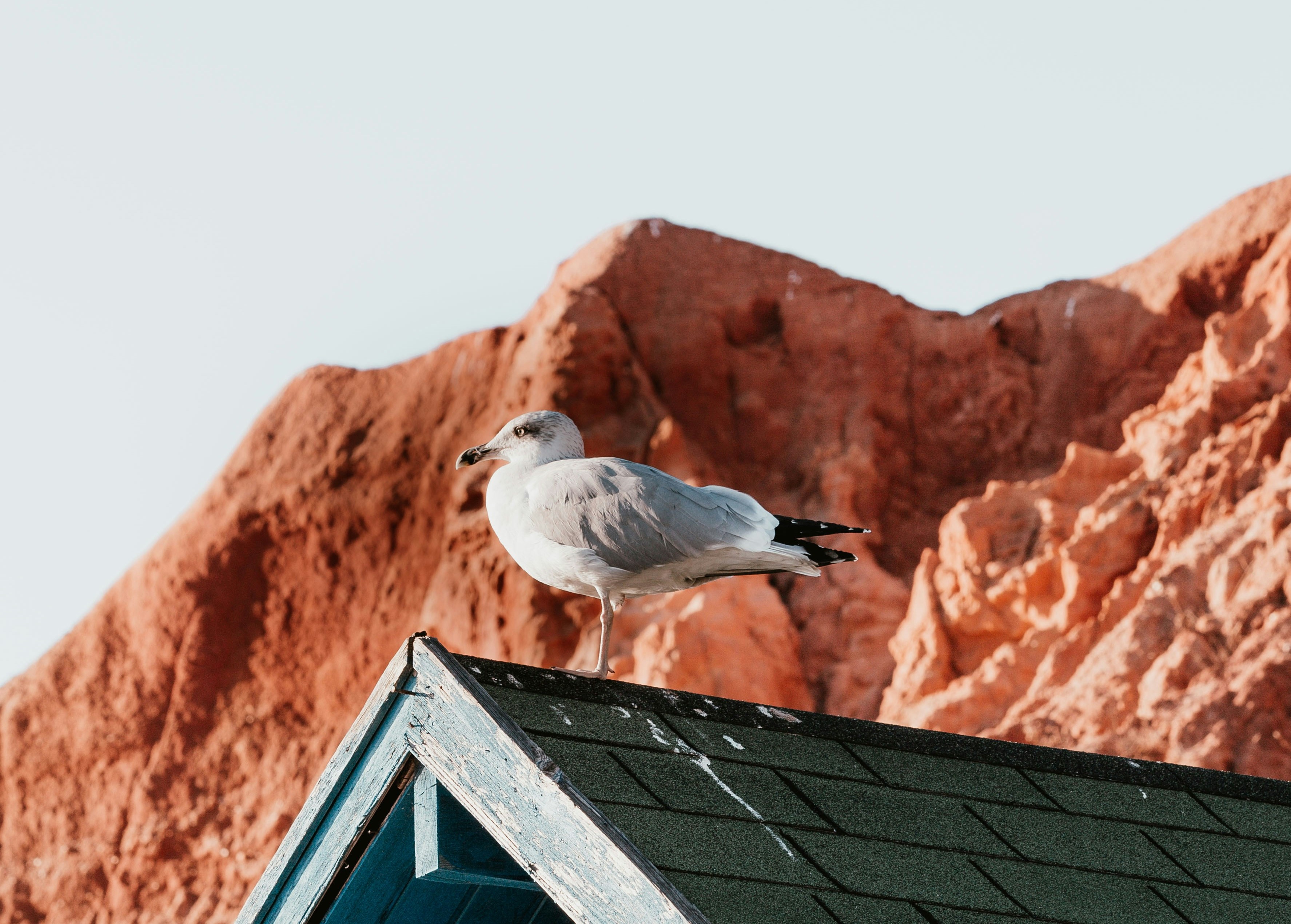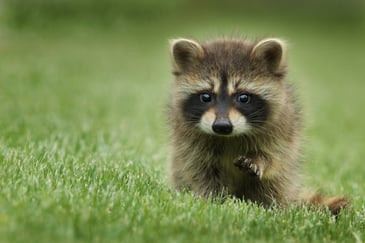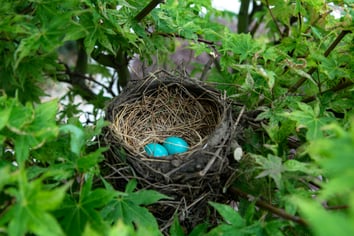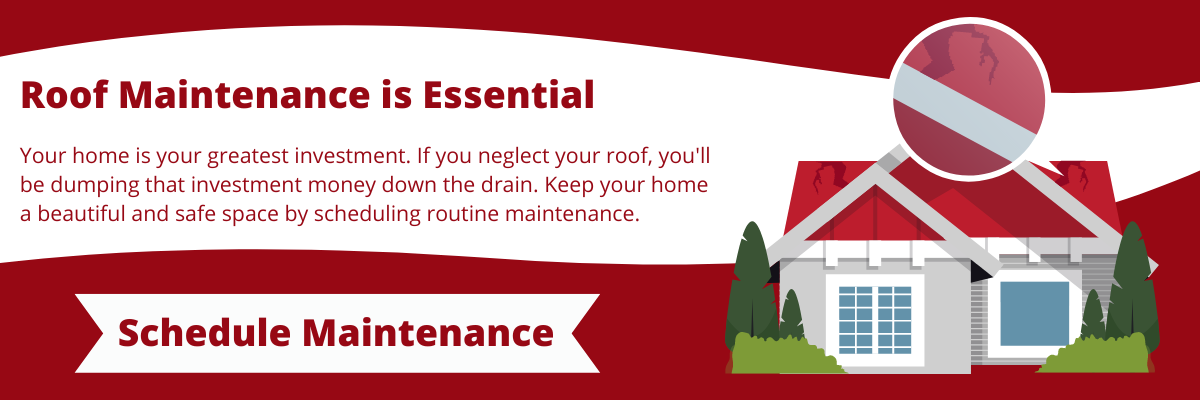
Dealing with roof damage caused by animals is a strenuous task for homeowners. Wildlife can wreak havoc on your roof, from pesky squirrels to sneaky raccoons, leading to costly repairs and potential safety hazards. The frustration of hearing scurrying noises or finding signs of animals living in your attic can leave you feeling stressed and uncertain about how to take care of the issue.
At RoofCrafters, we understand the challenges of protecting your home from animal-related roof damage! With over three decades of experience in the roofing industry, our team has encountered and successfully helped homeowners navigate numerous cases of animal intrusion. We've seen firsthand the extent of damage that animals cause, from chewed-through shingles to compromised structural integrity. With our expertise, we're here to guide you through the process of identifying, addressing, and preventing animal damage to your roof.
In this article, we'll explore practical strategies for dealing with roof damage caused by furry creatures. From identifying common signs of animal activity to implementing preventative measures, we'll provide you with the knowledge and tools you need to protect your home against unwanted wildlife intruders. Whether you're currently facing a roof repair or seeking solutions to prevent future damage, RoofCrafters is committed to helping you protect your home and maintain its structural integrity for years. Let's begin!
What Damage Can Animals Cause to Your Roof?
Animals can cause various types of damage to your roof, posing serious threats to its integrity and longevity. One common issue is the destruction of roofing materials, like shingles, tiles, or flashing. Squirrels, raccoons, and birds may gnaw or scratch at these components in search of food or shelter, leading to punctures, tears, or missing sections. Also, larger animals like raccoons or rodents may create entry points by chewing through the roof's soffits, fascia boards, or vents, allowing them to access your attic or crawl space.

Beyond physical damage, animals can also compromise the waterproofing and insulation of your roof. When animals break through the roofing materials or gain access to the attic, they may introduce moisture into the interior spaces. This can lead to water leaks, mold growth, and wood rot, undermining the structural integrity of the roof and potentially causing extensive damage to the underlying support structures. Animal nesting materials, droppings, and urine can accumulate in the attic, posing health risks and emitting foul odors that permeate throughout the home.

Besides structural and moisture-related issues, animals can also pose safety hazards to homeowners. For instance, raccoons or squirrels nesting in the attic may carry diseases such as rabies or transmit parasites like fleas or ticks to humans or pets. Moreover, the presence of animals in or around your home can create noise disturbances, disrupt your sleep, and cause emotional stress. Overall, the damage caused by animals to your roof can result in significant financial costs, health risks, and lifestyle disruptions, underscoring the importance of promptly addressing and preventing animal intrusion issues.
How to Fix Animal Roof Damage
Assessing roof damage caused by animals requires immediate action to prevent more deterioration and restore the integrity of your home's roofing system. Whether it's repairing chewed-through shingles or sealing entry points to deter future intrusions, addressing animal-related issues effectively is crucial for maintaining a safe and functional roof.
Inspect the Roof: Begin by conducting a thorough inspection of your roof to assess the extent of the damage and identify any entry points or compromised areas where animals may have gained access. Look for signs of gnawing, scratching, or nesting materials.
Repair Shingle Damage: Replace or repair any damaged or missing shingles caused by animal activity. Use matching shingles to ensure a seamless repair that maintains the integrity and appearance of the roof. Secure the new shingles properly to prevent future displacement.
Seal Entry Points: Identify and seal off any entry points or gaps in the roof, such as damaged soffits, fascia boards, vents, or chimney flashing. Use sturdy materials like metal flashing or wire mesh to deter animals from re-entering the attic or crawl space.
Remove Nesting Materials: Clean out any nesting materials, droppings, or debris left behind by animals in the attic or crawl space. Use appropriate protective gear, such as gloves and masks, when handling contaminated materials to minimize health risks.

Install Animal Deterrents: Consider installing deterrents such as motion-activated lights, ultrasonic devices, or animal-proof barriers to discourage animals from approaching or nesting on your roof. Trimming overhanging tree limbs can also prevent animals from gaining access to the roof.
Consult Professionals: If the damage is extensive or you're unsure how to proceed, consult with experienced roofing professionals like RoofCrafters. They can provide expert advice, conduct thorough repairs, and implement preventive measures to safeguard your roof against future animal-related issues.
Addressing roof damage caused by animals requires a systematic approach that includes inspecting the roof, repairing damaged shingles, sealing entry points, removing nesting materials, installing deterrents, and seeking professional assistance when needed. By taking proactive steps to address animal intrusion issues, homeowners can protect their roofs from further damage and ensure the long-term durability and safety of their homes.
Are Critters Overtaking Your Roof?
We hope not! Dealing with roof damage caused by animals is a task that requires careful attention and proactive measures to prevent detrimental issues. By quickly addressing any damage, sealing entry points, and using deterrents, you can protect your roof from potential break-ins and preserve the integrity of your home. It's essential to conduct regular inspections and maintenance to identify and mitigate any animal-related risks before they escalate into even bigger problems!
Getting professional assistance from experienced roofing professionals like RoofCrafters can provide you with peace of mind. If you think you need an inspection, give us a call or visit our contact page. One of our friendly representatives will get back to you shortly!
My name is Kevin Mills, and I am the lead estimator for RoofCrafters’ Tampa division. I’m originally from Michigan, and I enjoy hunting, fishing, and spending any free time outdoors. What I’m most passionate about, though, is helping business owners and homeowners alike achieve their roofing goals, all while providing a seamless customer journey.



